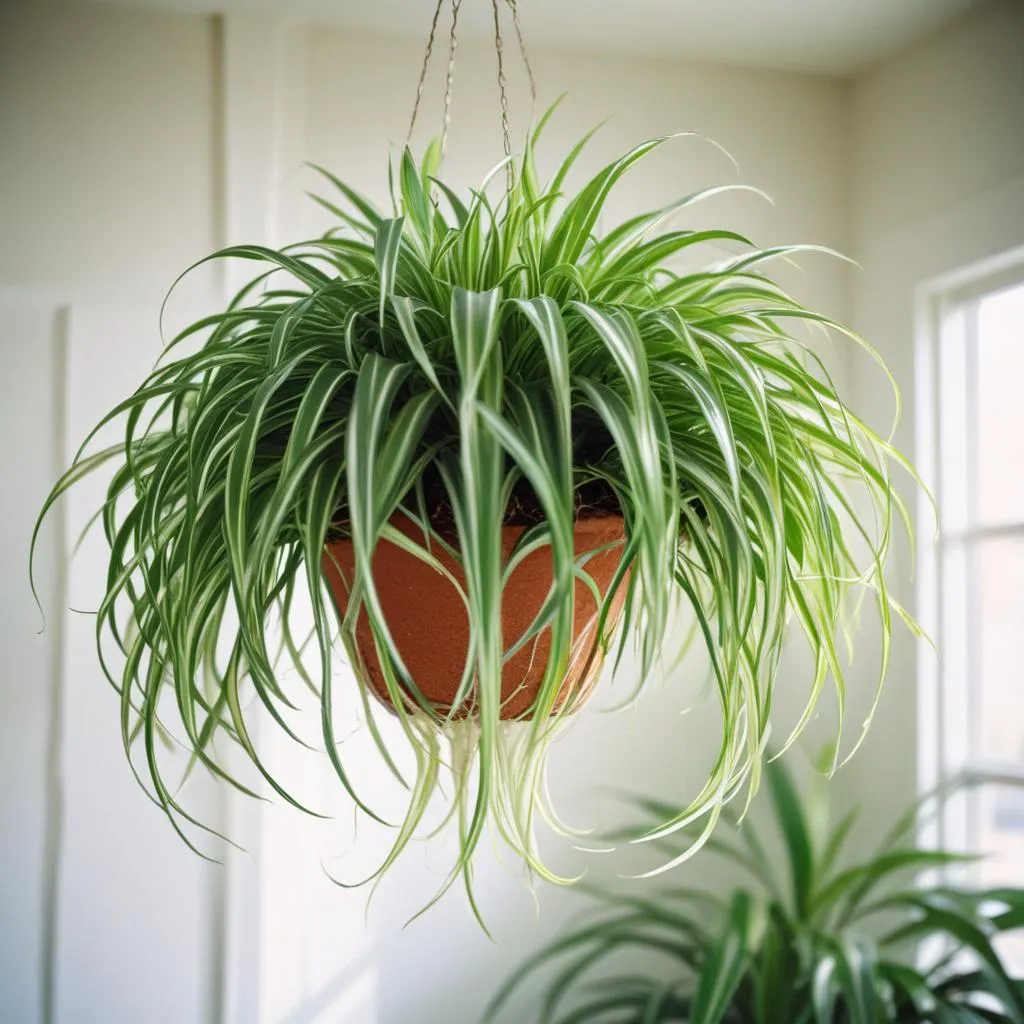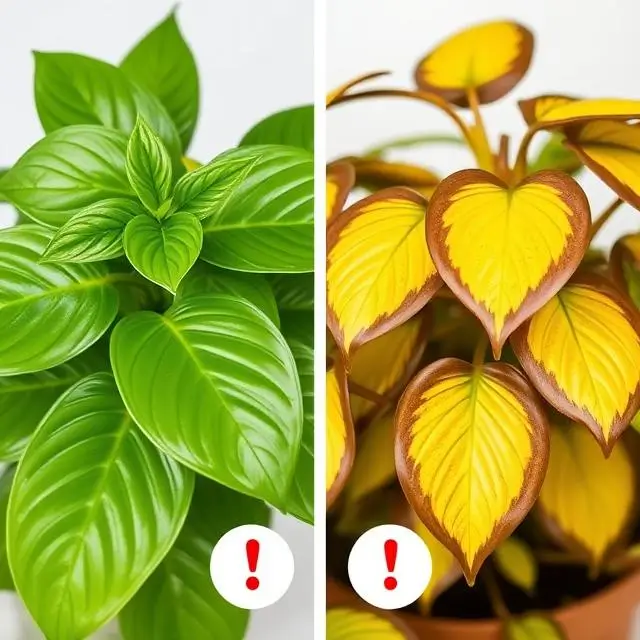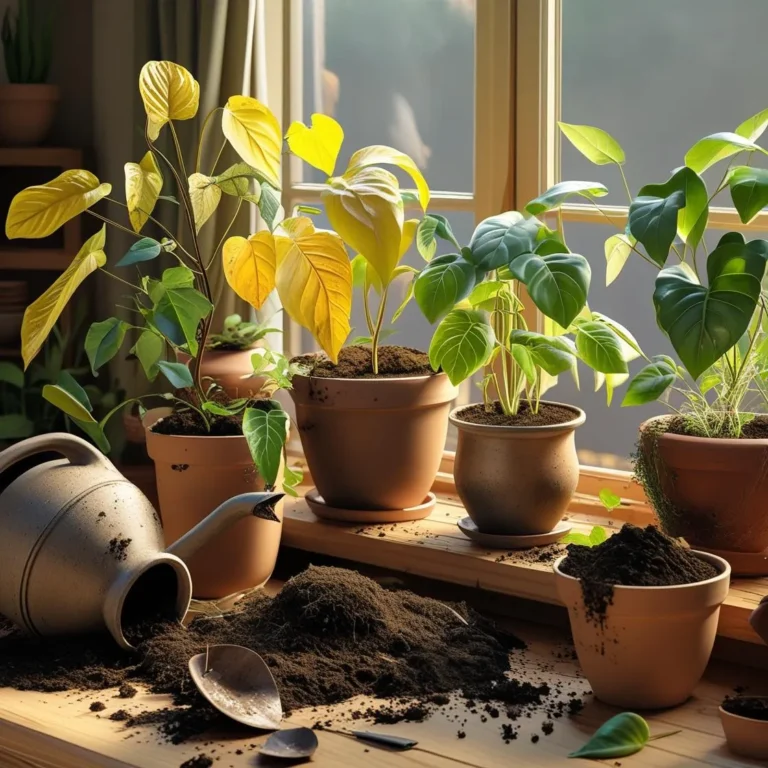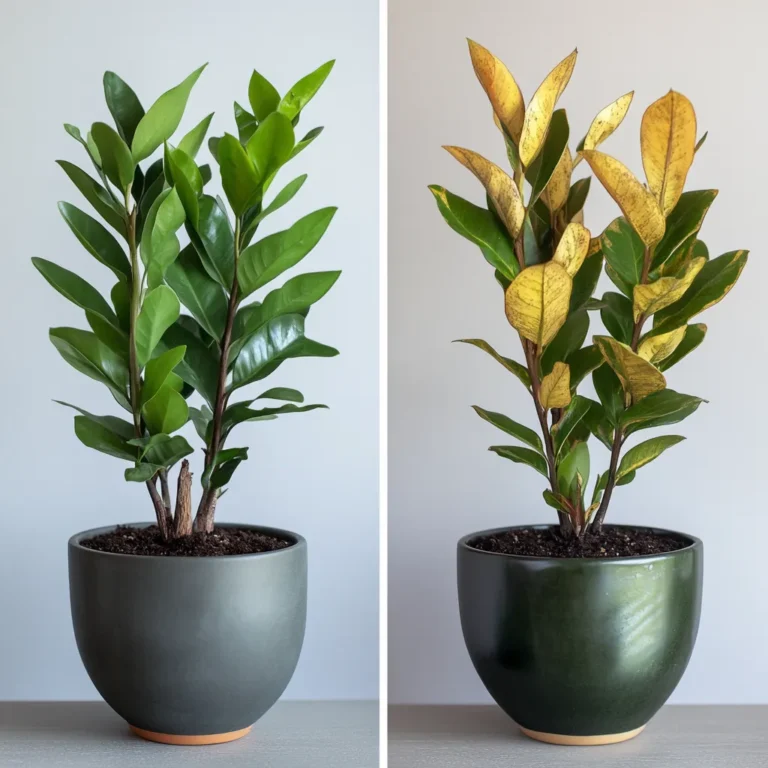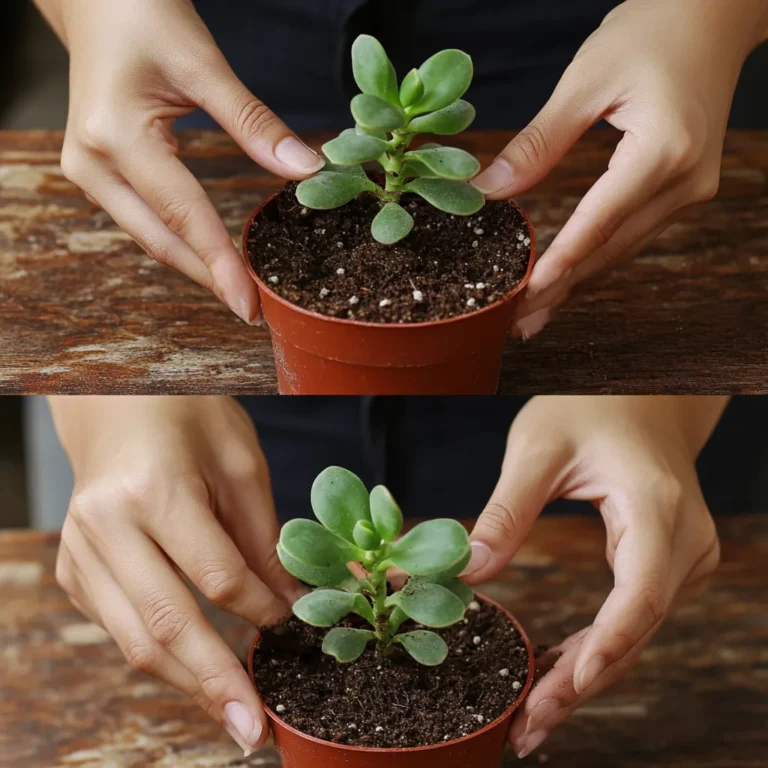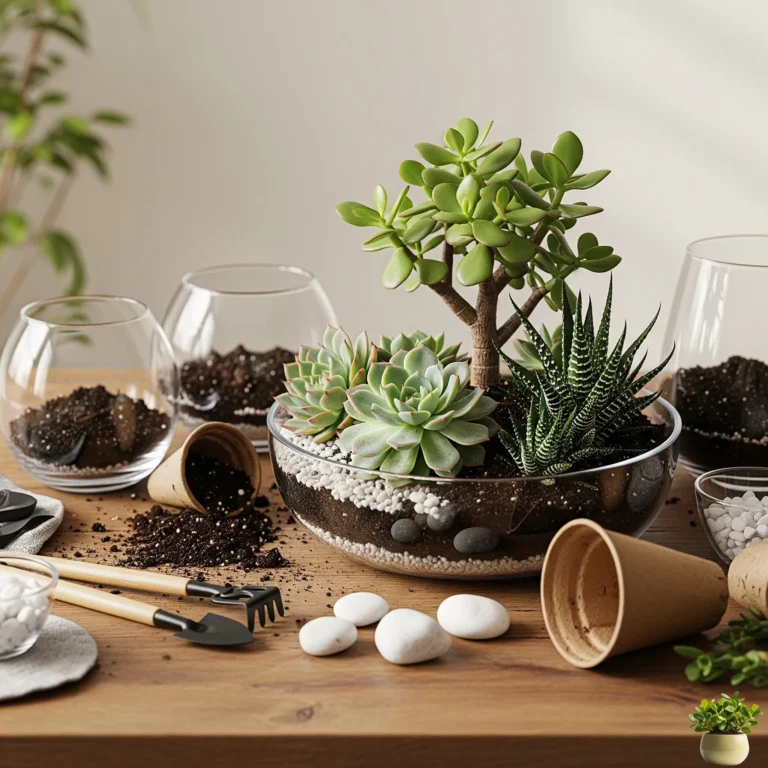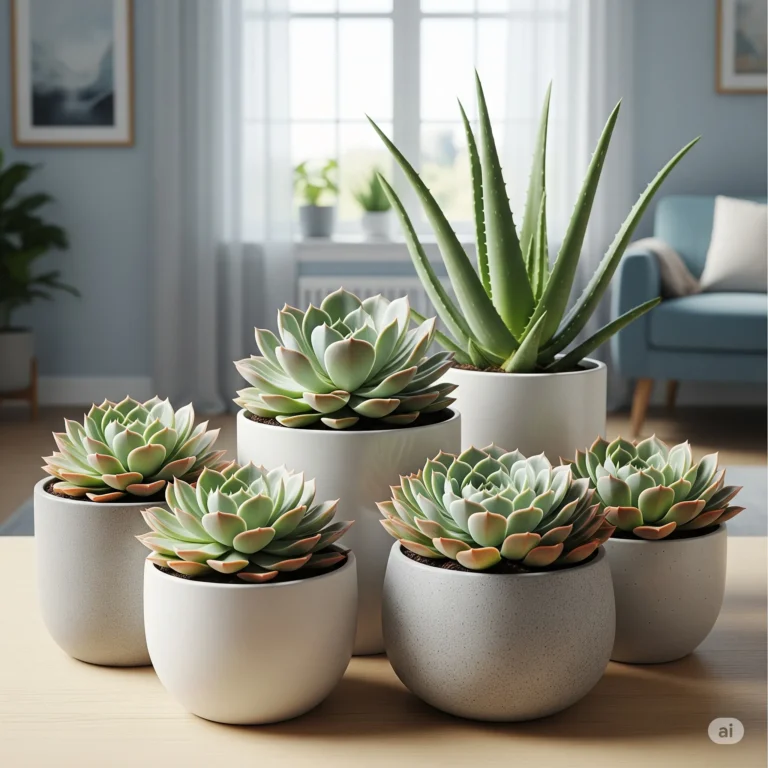Spider Plant Care – The Easiest Indoor Plant for Beginners
The Spider Plant (Chlorophytum comosum) stands as one of the most adaptable and beginner-friendly houseplants you can grow, making it perfect for new plant parents seeking guaranteed success. This remarkable air-purifying plant captivates with its graceful, arching green-and-white striped leaves and charming baby “spiderettes” that cascade down like natural living decor. Whether you’re looking for a low maintenance indoor plant for your first collection or seeking a reliable performer that thrives with minimal fuss, the Spider Plant delivers beauty, resilience, and endless propagation possibilities.
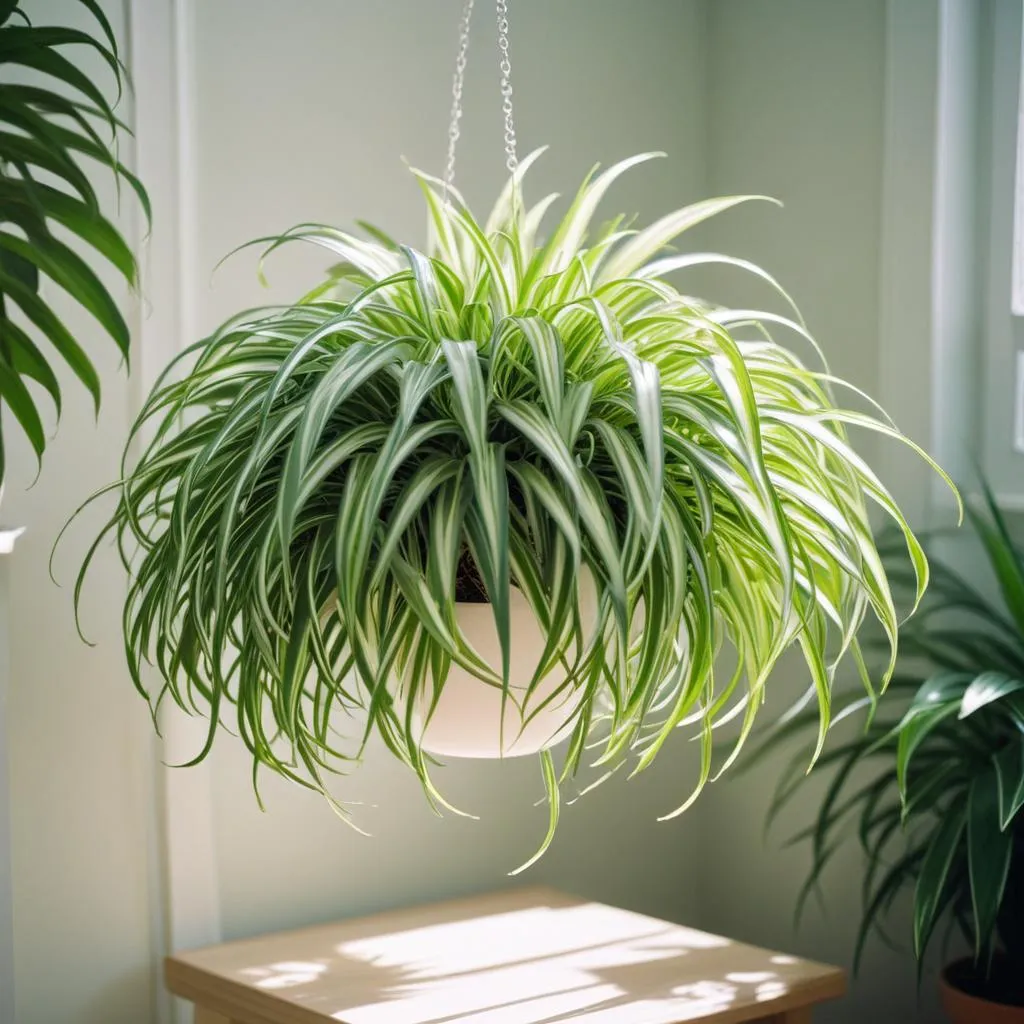
Quick Overview Table
| Attribute | Detail |
|---|---|
| Common Name | Spider Plant |
| Botanical Name | Chlorophytum comosum |
| Light | Bright, indirect light |
| Water | When top 1–2 inches of soil dry |
| Temperature | 60–75°F (15–24°C) |
| Toxicity | Non-toxic to pets |
| Special Feature | Produces baby plants (spiderettes) |
| Difficulty | ★☆☆☆☆ (Very Easy) |
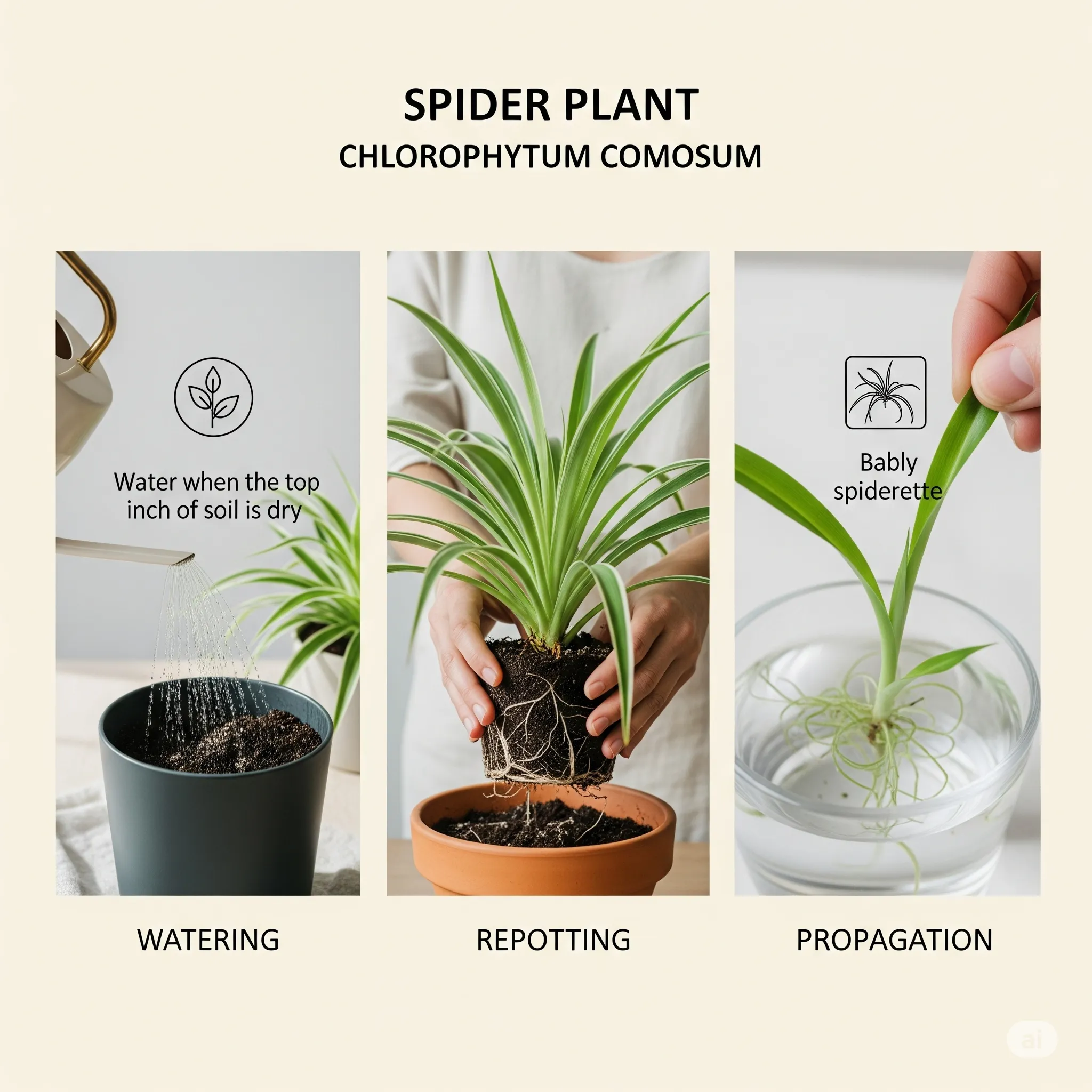
Plant Description
Originating from the tropical regions of South Africa, this stunning beginner-friendly houseplant showcases graceful arching leaves adorned with distinctive variegated stripes in shades of green and cream. What makes the Chlorophytum comosum truly special is its ability to produce miniature plantlets, called spiderettes, that dangle from long, slender stems like tiny green spiders – hence the name. This unique characteristic makes it incredibly popular as a hanging or shelf plant, creating dramatic cascading displays.
Spider Plant Lighting & Placement – Suitability Chart
| Light Level | Suitability | Effect on Growth |
|---|---|---|
| Bright Indirect | ✅✅✅ | Best – lush growth and fast runners |
| Medium Light | ✅✅ | Slightly slower growth |
| Low Light | ✅ | Survives, but growth slows down |
| Direct Sunlight | ⚠️ | Can cause leaf scorching |
This adaptable low maintenance indoor plant tolerates various lighting conditions, making it perfect for almost any room in your home.
Watering & Humidity – Checklist
✅ Water once top inch of soil feels dry
✅ Use room-temperature, non-fluoridated water
✅ Mist leaves if indoor air is very dry
✅ Ensure pot has good drainage
🚫 Avoid overwatering (root rot risk)
🚫 Do not let it sit in soggy soil
Pro Tip: Spider Plants are quite forgiving if you occasionally forget to water – they prefer slightly dry conditions over soggy soil.
Soil & Fertilizer – Schema
Ideal Soil Mix:
- Well-draining standard potting mix
- Add perlite for extra aeration if needed
Fertilizer Schedule:
- Feed monthly during spring and summer growing season
- Use balanced, water-soluble fertilizer diluted to half strength
This air-purifying plant doesn’t require heavy feeding to produce abundant spiderettes and lush striped leaves.
Spider Plant Propagation – Table + Visual Steps
| Method | How-To Summary | Success Rate |
|---|---|---|
| Water | Place spiderette in water till roots form | ✅✅✅ |
| Soil | Plant spiderette directly in moist soil | ✅✅ |
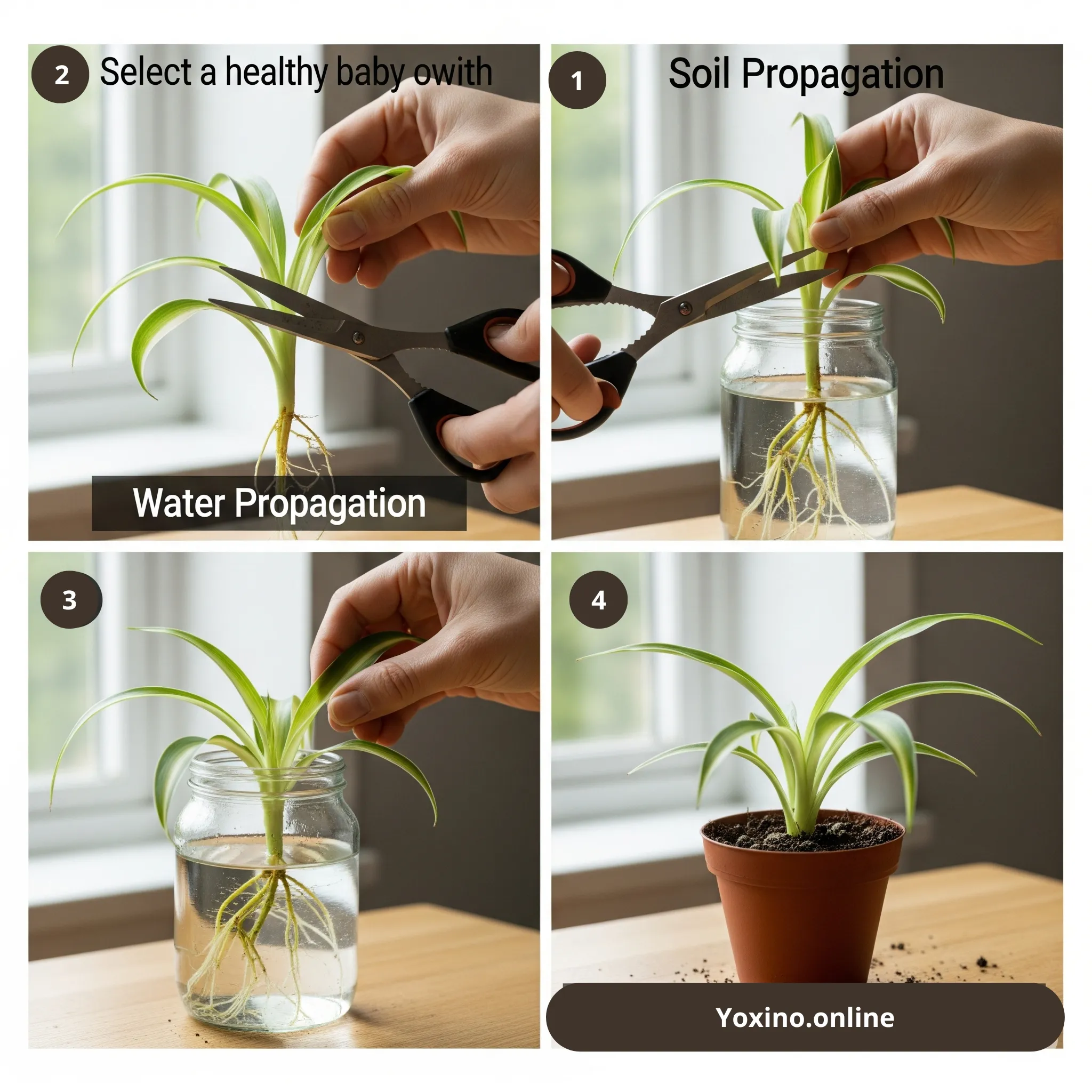
💡 Propagation Tip: Choose a healthy spiderette with 2+ leaves for best rooting results. This beginner-friendly houseplant makes propagation incredibly simple and rewarding.
Common Problems – Troubleshooting Table
| Problem | Cause | Solution |
|---|---|---|
| Brown Leaf Tips | Fluoride/chlorine in water | Switch to filtered water |
| Yellowing Leaves | Overwatering | Let soil dry more between watering |
| Curled Leaves | Underwatering or dry air | Increase watering and humidity |
| Root-Bound Plant | Roots poking out of drainage | Repot to a slightly larger container |
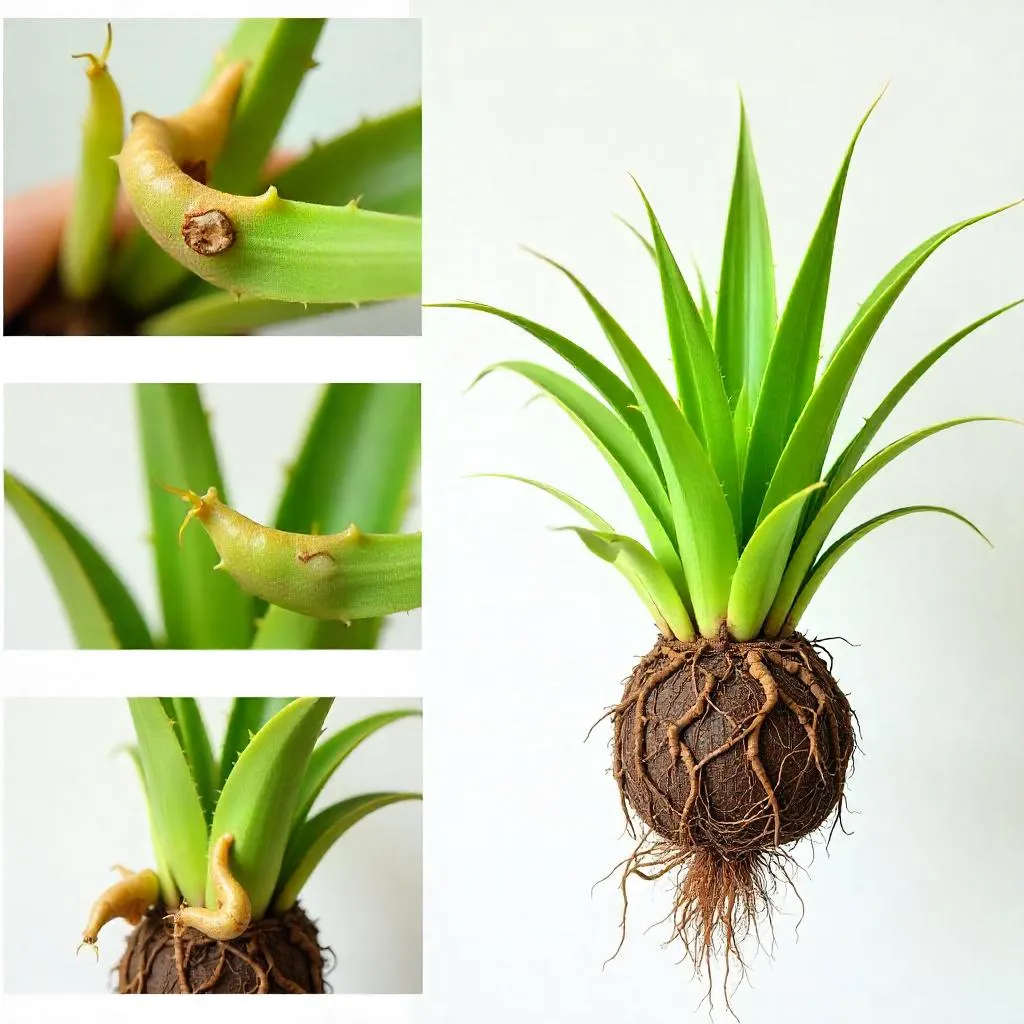
Benefits of Spider Plant – Visual Highlights
- 🌿 Non-toxic and safe for pets – Perfect for households with curious cats and dogs
- 🌬️ NASA-approved air purifier – Removes formaldehyde and xylene from indoor air
- 🌱 Fast-growing and rewarding – Produces visible growth and babies quickly
- 🧪 Easy to propagate for gifting – Share plantlets with friends and family
Frequently Asked Questions
Q: Is the Spider Plant safe for pets?
A: Yes! Chlorophytum comosum is completely non-toxic for cats, dogs, and other household pets, making it an ideal choice for pet-friendly homes.
Q: Why are my Spider Plant leaf tips brown?
A: Brown tips typically result from chemicals in tap water (fluoride/chlorine) or dry indoor air. Switch to filtered water and mist regularly to prevent this issue.
Q: How do I make more Spider Plants?
A: Simply clip a healthy spiderette from the mother plant and place it in water or moist soil until roots develop. This low maintenance indoor plant propagates effortlessly.
Q: When should I repot my Spider Plant?
A: Repot when roots start growing through drainage holes or when the plant becomes severely root-bound, typically every 1-2 years.
Conclusion
The Spider Plant truly earns its reputation as the ultimate beginner-friendly houseplant, combining stunning striped leaves, fascinating spiderettes, and virtually foolproof care requirements. This remarkable air-purifying plant grows quickly, propagates easily, and forgives occasional neglect while delivering continuous visual interest through its cascading babies. Whether you’re starting your first plant collection or seeking a reliable performer that thrives with minimal attention, Chlorophytum comosum offers endless rewards and propagation opportunities.
Ready to start your journey with this incredibly easy and rewarding low maintenance indoor plant? Your Spider Plant adventure begins now!

